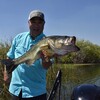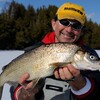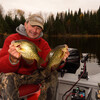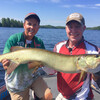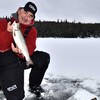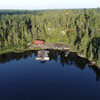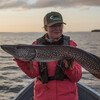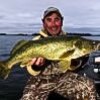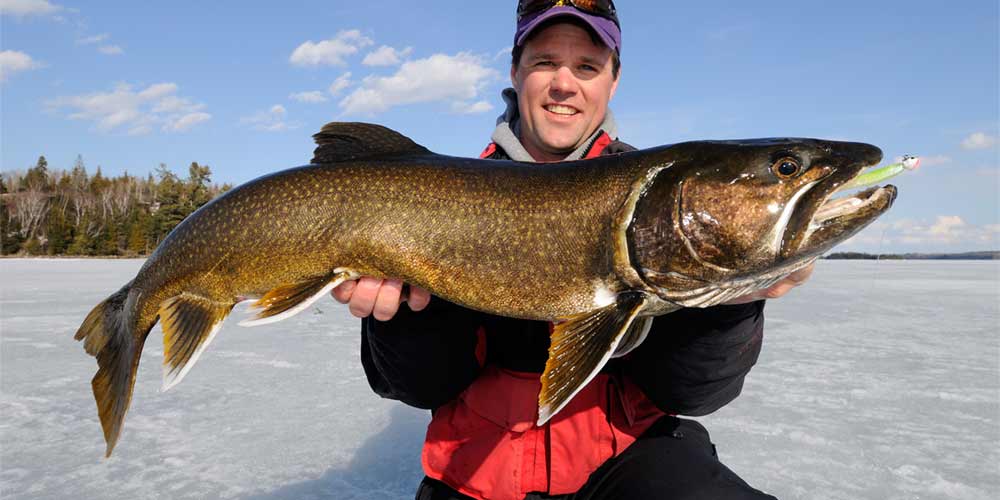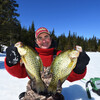
How To Stay Really Warm This Winter: The Fingers, Toes, Ears, And Nose Edition
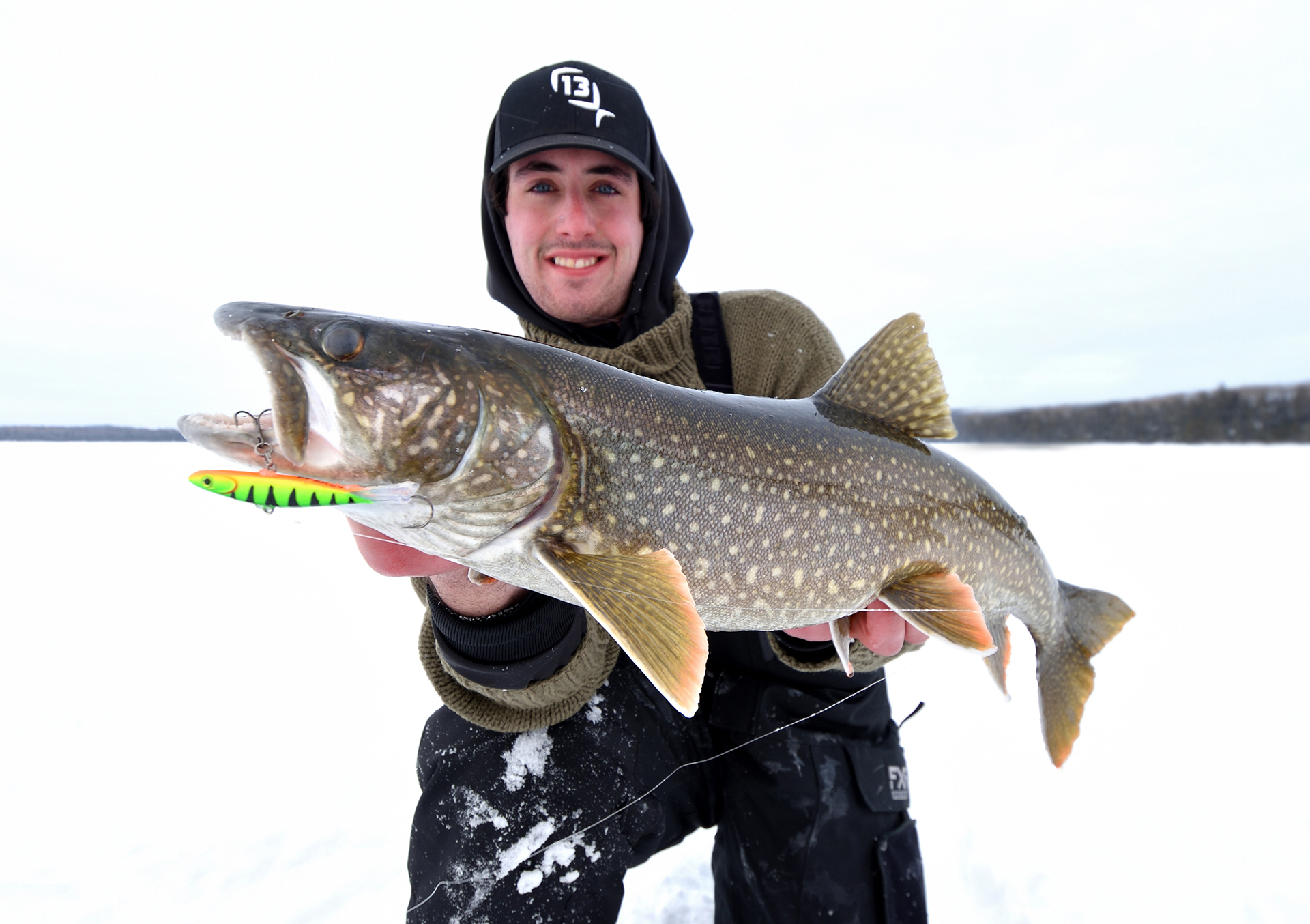
In my last post, we discussed three must-wear items to help you stay really warm this winter when you’re out on the ice, fishing in Northern Ontario. I also promised I'd create a follow-up post to discuss how to keep toasty the parts of our bodies that turn into icicles faster than any others—our fingers, toes, ears, and nose.
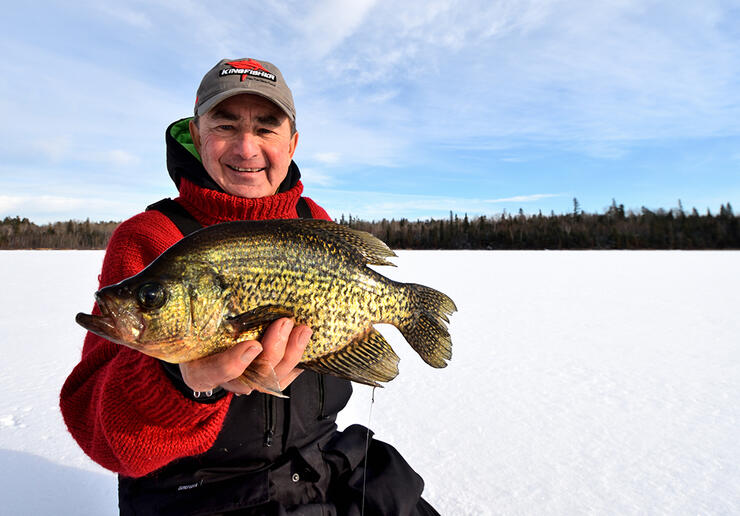
Mother Nature has been cooperating fully with the project, too, because the recent polar vortex she sent our way has challenged everything I am going to tell you. Nevertheless, we’ve passed her test with flying colours, fishing through it and enjoying stellar success. Let’s start with our feet and work our way up because it pains me to watch people limping across the ice with popsicle toes.
Toasty Toes
The secret to having toasty toes begins well before you step foot on the ice.
1. The first step is putting on a pair of thin inexpensive silk socks. Silk is respected as a thermal regulator that keeps your feet warm in the winter and cool in the summer. It does this by creating space between the fibres and wicking the moisture away from your skin like wool, which should be the key ingredient in the second pair of socks you wear over the first.
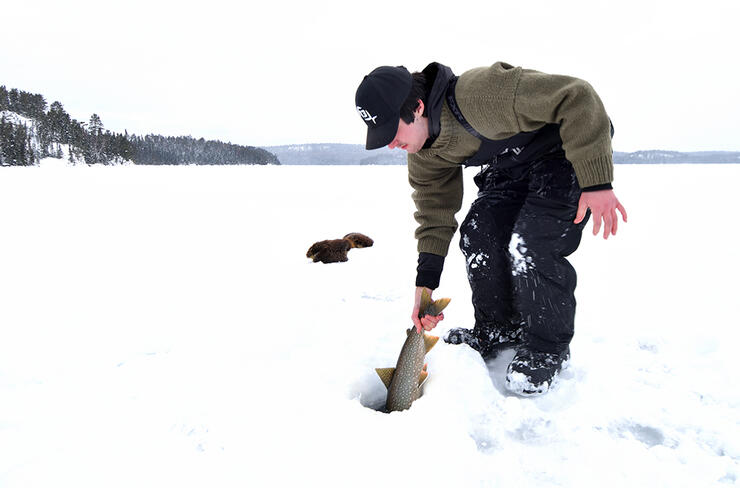
2. Now here is the secret most ice anglers, miss. Wear winter boots at least half a size larger than you would normally wear so that your feet aren’t squished with the two pairs of socks.
3. And never wear your boots in the car, with the heater turned up, when you drive to your fishing location. Wear a pair of light sneakers, instead, so your feet don’t overheat and your boots and liners stay dry. Ironically, the principal reason our feet get cold when we’re ice fishing is that they sweat inside our warm boots when we drive to the lake and then the trapped moisture chills when we step outside.
4. Every bit as important is removing the felt liners from your boots when you get home in the evening. Notice how damp they are? They won’t dry if you lock them up inside your boots, so take them out and only put them back in when you get to the lake the next time you go fishing.
Grandma's Silk Gloves
Now, it should come as no surprise that you should adopt the same routine for your fingers.
1. Remember the silk gloves your mother or grandmother used to wear? Find a pair and treasure them for the same reason you are wearing the silk socks. They’re an amazing ultra-thin base layer that will keep your hands warm.
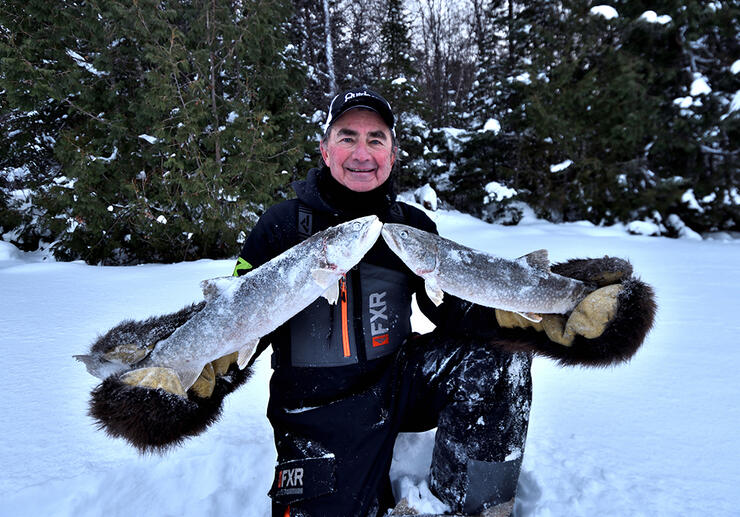
2. It goes without saying, that mitts are far superior to fingered gloves as the second outside layer. The latter simply exposes much more of your skin to the elements, no matter what material they are made from.
3. And slightly larger than normal mitts provide air space to trap heat and keep your fingers warm.
4. I also keep a beach towel in my tackle bag to thoroughly dry my hands after getting them wet landing fish and removing hooks. Never put a wet hand back inside a dry glove — you’ll regret it for the rest of the day. So, pack a spare pair in case the first gets wet.
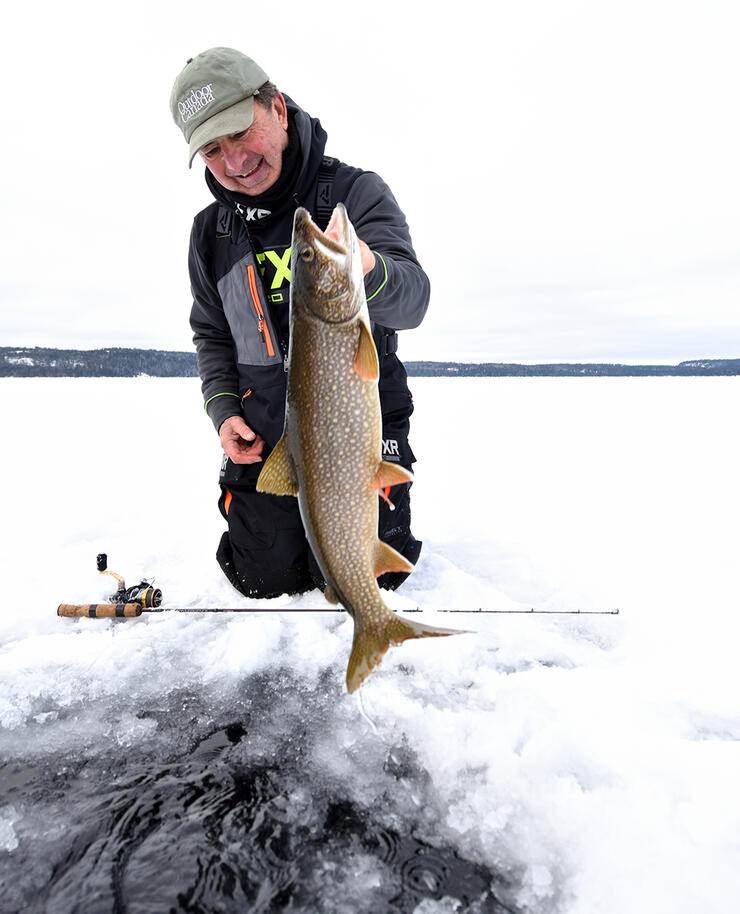
A Wool Toque
1. Last but not least, the top of your head is your thermostat, so turn it up to high by donning a wool toque. I like to also wear a billed fishing hat so I can keep the sun out of my eyes when I am watching my sonar unit, but it provides limited heat retention. When it is really cold, I simply tug the toque over the hat. When it is less extreme, I pull my hoodie and snowmobile parka over my hat, so that any escaping heat from my body is channelled up my back and around my head. Most days, I am so warm that I have to pull down one or both of the hoods to stop my sunglasses from fogging up.
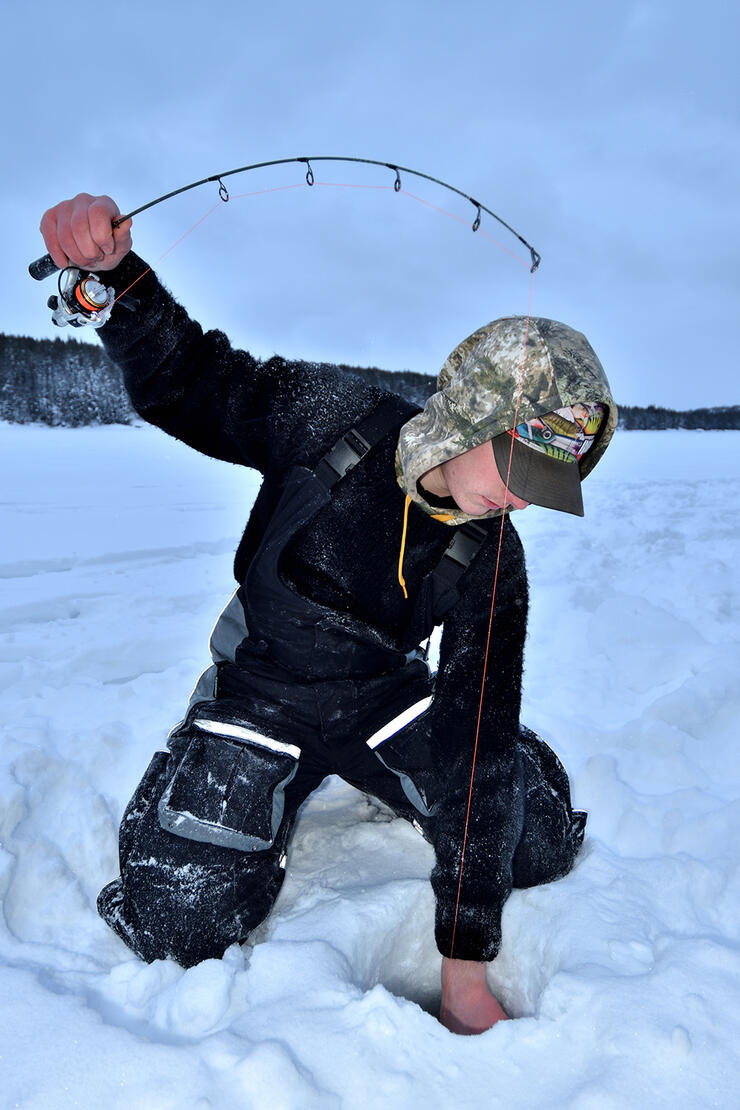
Perform these simple steps this winter, and I guarantee you’ll ice fish comfortably in any weather condition Mother Nature decides to throw your way. As a matter of fact, my grandson Liam and I enjoyed a stellar day of lake trout fishing in Sunset Country last week in otherwise frigid conditions. We fished from dawn to dark, caught trout aplenty, didn’t see another angler and stayed warm all day.
Recommended Articles

Ideal Christmas Gifts For The Northern Ontario Ice Angler
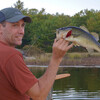
Accessible Paradise
Don’t Be Afraid Of Muskies
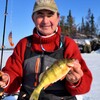
Yellow Perch Egg-Stacy
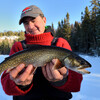
Speckle Splake Spectacular

Predicting Lake Thickness

Top 5 Baits for Smallmouth and Largemouth Bass
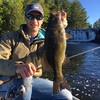
Smallmouth Bass Destinations
Ontario Brook Trout
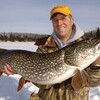
Eating Northern Pike
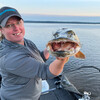
Become a World-class Fishing Guide
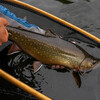
Adventures on the Nipigon River
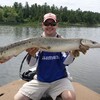
Long Nose Gar
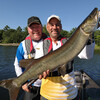
20 Years With Fish TV!
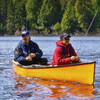
5 Canoe & Kayak Fishing Destinations
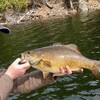
Top 5 Flies for Smallmouth Bass
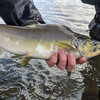
Steelhead and Salmon of Northern Ontario

Top 5 Tips To Fish Smallmouth Bass in Ontario

Outpost Walleye in Brook Trout Country
